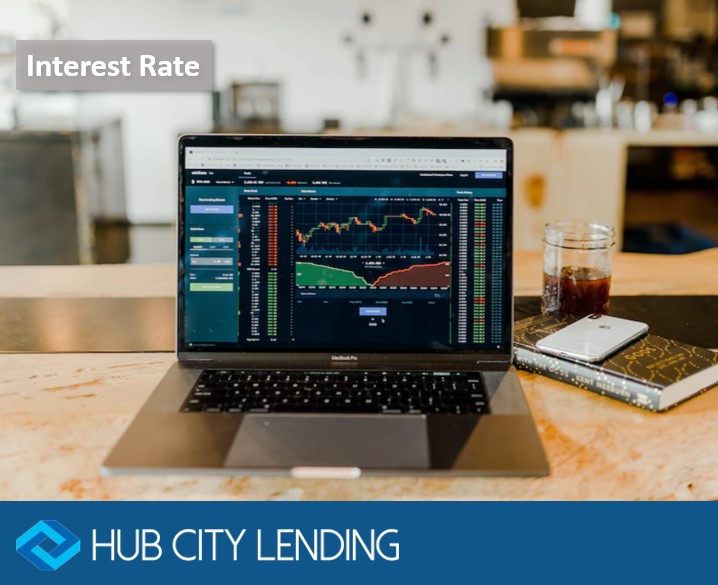
What is an Interest Rate?
In addition to the principal, the interest rate refers to how much a lender charges the borrower for the use of assets. The money generated from a credit union or bank’s deposit account also has an interest rate attached. Simple interest is used in the majority of mortgages.
Interest rates show how much borrowing money costs or how much money can be saved. Interest rates are the fees you pay when you borrow money, expressed as a percentage of the total loan amount.
Interest Rate Definition
The total price you pay when your loan is paid off is influenced by interest. For example, if you borrow $100 and pay a 5% interest rate, you will owe $105 to the lender. The lender will gain a profit of $5.
You may experience various forms of interest throughout your life. The exact amount you owe will be determined by the interest rate on each loan. Make sure you understand how an interest rate will affect how much you owe at the end of the day before you borrow.
Types of Interest Rates
- Fixed Interest
A fixed interest rate is exactly what it sounds like: a set, fixed rate of interest attached to a loan or line of credit that must be repaid in addition to the debt. Because it is simple to calculate, comprehend, and maintain, fixed-rate interest is the most common type of interest for customers. Both the borrower and the lender are aware of the interest rate obligations associated with a loan or credit account.
- Variable Interest
Variable interest rates, or variable rates, are fees charged to borrowers on variable-rate loans, such as mortgages. Variable rates are frequently expressed as annual percentages, and fluctuate along with a rate index.
- Annual Percentage Rate
APR is the amount of total interest expressed annually in the total cost of the loan. Credit card companies often use APR to set interest rates if consumers agree to keep their credit card account balance.
- The Prime Rate
Prime rates are usually relatively lower than the normal interest rates offered to customers, so banks often offer them on loans to their preferred customers. The base interest rate is associated with the US interest rate.
- Simple Interest
The term “simple interest” is a term commonly used to calculate the interest rates that banks charge borrowers (compound interest is another common form of interest rate calculation used by lenders).
Fluctuations in Interest Rates
The Federal Reserve changes the Interest Rates. They have change the interest rate 3 times in 2022 to date.
Date | Increase | Decrease | Level (%) |
June 16 | 75 | 0 | 1.50-1.75 |
May 5 | 50 | 0 | 0.75-1.00 |
March 17 | 25 | 0 | 0.25-0.50 |
Pros and Cons of Interest Rates change
Yes, an increase means that borrowing will be more expensive. However, they benefit from better interest rates on high-yielding certificates of deposit.
Higher return for savers
Tamed inflation
More lending
More interest income for retirees
Stronger dollars helping US travelers
Stocks will trade on fundamentals
Would-be home buyers may get off the fence
Interest Rate for Working Capital Loan?
Working capital funding, like other business loans, have an interest rate attached to them, which varies from lender to lender. The interest rate on a working capital loan might range from 16 to 35 percent, depending on the type of business and the amount borrowed.
For more information on our financing services please contact Hub City Lending and we will get you on the path to financial success.


Location: Lubbock, Texas, United States
Work:Owner/Broker @ HubCityLending
Education:University of Texas at the Permian Basin, Master of Business Administration, 1999 – 2001


